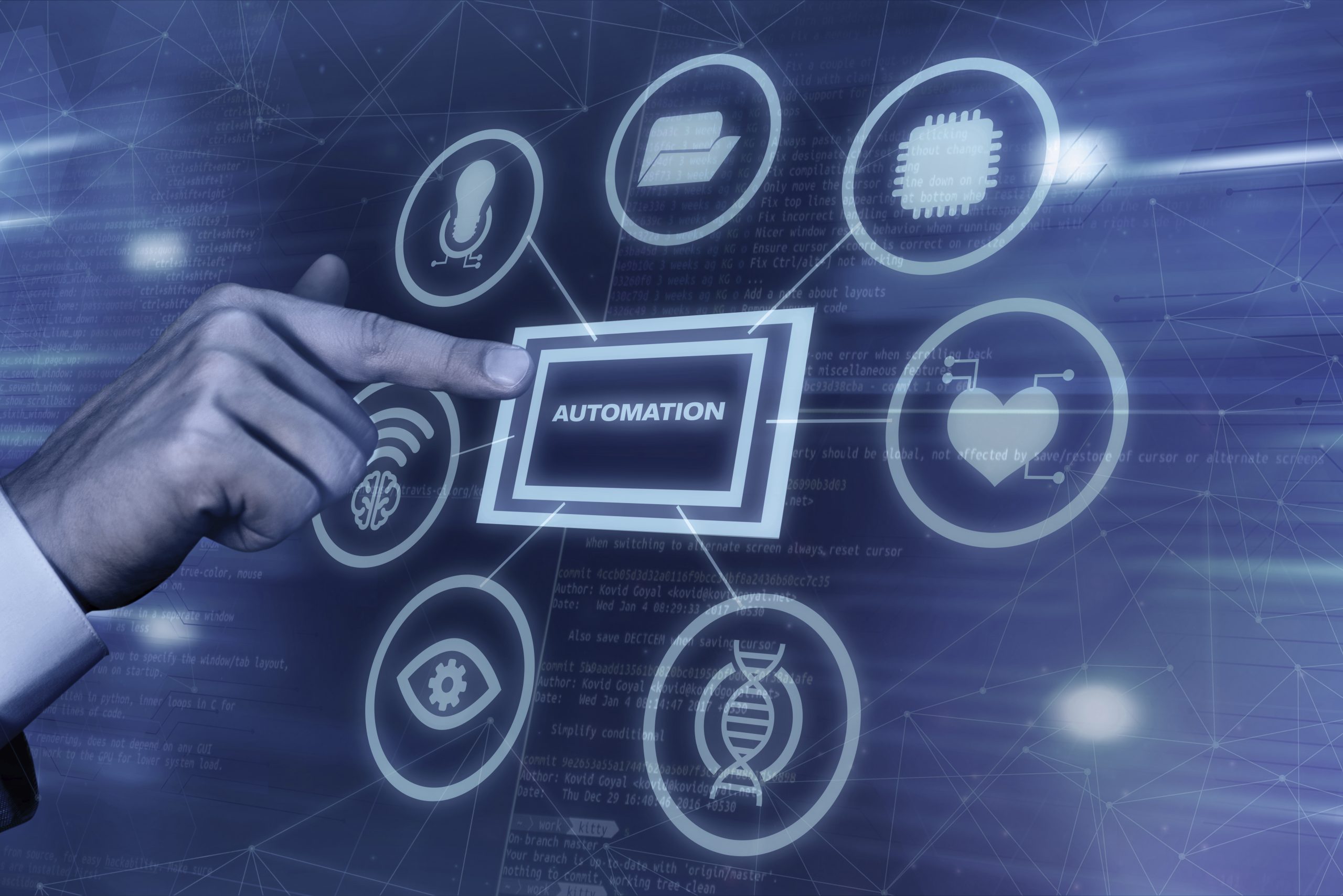
- By qematicadmin
From RPA to APA: The Industry is Moving On
The evolution of enterprise technology has entered an exciting new phase. For years, businesses have relied on Robotic Process Automation (RPA) to streamline repetitive tasks and improve operational efficiency. But now, the focus is shifting toward something bigger: Autonomous Process Automation (APA). The journey from RPA automation to APA-driven autonomy marks a turning point in how organizations leverage AI to drive decision-making, speed, and scalability.
At Qematic, we’ve seen firsthand how businesses are transitioning from automation to autonomy, preparing for a future where AI systems don’t just follow rules, they learn, adapt, and make decisions in real time.
Understanding the Shift: From RPA to APA
RPA (Robotic Process Automation) has been a key driver of digital transformation in enterprises over the past decade. It focuses on automating rule-based, repetitive tasks, such as data entry, invoice processing, or report generation.
However, as business environments become more dynamic and data-driven, traditional RPA solutions are hitting their limits.
That’s where APA (Autonomous Process Automation) comes in.
APA combines RPA with Artificial Intelligence (AI), Machine Learning (ML), Natural Language Processing (NLP), and advanced analytics, allowing systems to handle complex tasks, make contextual decisions, and continuously improve without constant human intervention.
In short:
RPA = Task Automation
APA = Decision Automation + Task Automation
Why Enterprises Are Moving Toward Autonomy
Several key drivers are pushing enterprises from RPA automation toward APA and autonomous AI systems:
1. Need for Speed and Scalability
In today’s fast-moving markets, businesses need systems that can process large volumes of data and respond instantly to changing conditions. APA tools analyze data in real time and take action autonomously.
2. Complexity of Business Processes
Modern business processes involve unstructured data, decision branches, and exception handling, areas where RPA robotic process automation alone struggles. APA systems can handle complexity by learning from historical data and outcomes.
3. Demand for End-to-End Automation
While RPA services typically automate specific tasks, APA enables end-to-end process automation, covering everything from data capture and analysis to decision execution and reporting.
4. AI and Machine Learning Advancements
The maturity of AI technologies is making APA solutions more accessible and effective. Enterprises can now deploy AI-driven systems that continually learn and optimize their performance over time.
Key Differences Between RPA and APA
Feature | RPA | APA |
Nature | Rule-based task automation | AI-driven decision and task automation |
Data Handling | Structured data only | Both structured and unstructured data |
Learning Capability | No learning | Self-learning through ML models |
Decision-Making | Predefined rules | Contextual, data-driven decisions |
Human Involvement | High for exceptions | Minimal for exceptions |
Real-World Enterprise Applications: APA in Action
Enterprises across industries, engineering, manufacturing, supply chain, and logistics, are adopting APA to build resilience and agility.
Here’s how:
1. Supply Chain Management
Old Way (RPA): Automate order processing tasks
New Way (APA): Predict demand fluctuations, adjust inventory, and reroute shipments autonomously
2. Manufacturing Operations
Old Way (RPA): Automate production reporting
New Way (APA): Predict equipment failure, self-adjust production schedules, and optimize resource allocation in real time
3. Customer Support
Old Way (RPA): Automate FAQs and basic ticket routing
New Way (APA): Understand customer sentiment, prioritize issues, and provide context-aware responses with minimal human intervention
4. Finance and Accounting
Old Way (RPA): Automate invoice data entry
New Way (APA): Detect fraud patterns, perform risk assessments, and approve transactions based on AI-driven decision models
The Role of AI in Driving Enterprise Autonomy
The foundation of APA is Artificial Intelligence. Technologies like Natural Language Processing, Computer Vision, Predictive Analytics, and Machine Learning enable APA tools to:
- Understand context
- Interpret unstructured data
- Make decisions based on historical patterns
- Learn and improve continuously
By integrating these technologies with existing RPA services, businesses can transition smoothly from automation to full autonomy.
Challenges Enterprises Must Overcome
Despite the promise of APA, the journey isn’t without challenges:
1. Data Readiness
APA systems thrive on clean, reliable, and real-time data. Enterprises must invest in data infrastructure and governance.
2. Integration with Legacy Systems
Many organizations still rely on legacy IT systems. Integrating APA solutions requires careful planning and expert support, often provided by experienced RPA companies and AI consultants.
3. Change Management
Adopting APA involves cultural shifts. Employees may fear job loss. Clear communication about how APA complements human roles, not replaces them, is crucial.
4. Governance and Ethics
Autonomous decision-making raises questions about accountability, ethics, and compliance. Enterprises must build AI governance frameworks that ensure transparency and control.
How to Prepare for the Shift from RPA to APA
Here’s how enterprises can start charting their journey from automation to autonomy:
1. Assess Current Automation Maturity
Understand where your business stands in its automation journey. Are you still running isolated RPA projects? Or are you ready for intelligent process automation?
2. Identify High-Impact Use Cases
Target business processes where APA can deliver the greatest value, such as supply chain optimization, predictive maintenance, or customer engagement.
3. Partner with Expert RPA Companies
Collaborate with RPA companies that offer expertise in both RPA services and AI-driven APA solutions. At Qematic, we help businesses design scalable APA roadmaps.
4. Invest in AI and Data Skills
Upskill your workforce in AI, data analytics, and APA tools. Foster cross-functional teams that can manage AI-enabled workflows effectively.
5. Build AI Governance Frameworks
Develop clear guidelines for AI ethics, accountability, data usage, and decision-making authority.
The Future: Autonomous Enterprises Powered by AI
The move from RPA automation to APA-driven autonomy isn’t just a technology shift, it’s a fundamental change in how businesses operate. The autonomous enterprise of the future will run leaner, faster, and smarter, with AI and humans working side by side.
While RPA robotic process automation laid the groundwork, APA represents the future, where processes don’t just execute, but think, adapt, and optimize themselves.
At Qematic, we help enterprises embrace this shift confidently, offering end-to-end support across RPA services, AI integration, and APA deployment.
Are you ready to move beyond automation and step into autonomy?
Contact Qematic today to explore how our AI and automation solutions can drive your enterprise’s next wave of growth.

